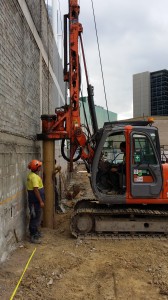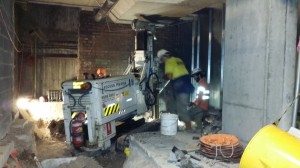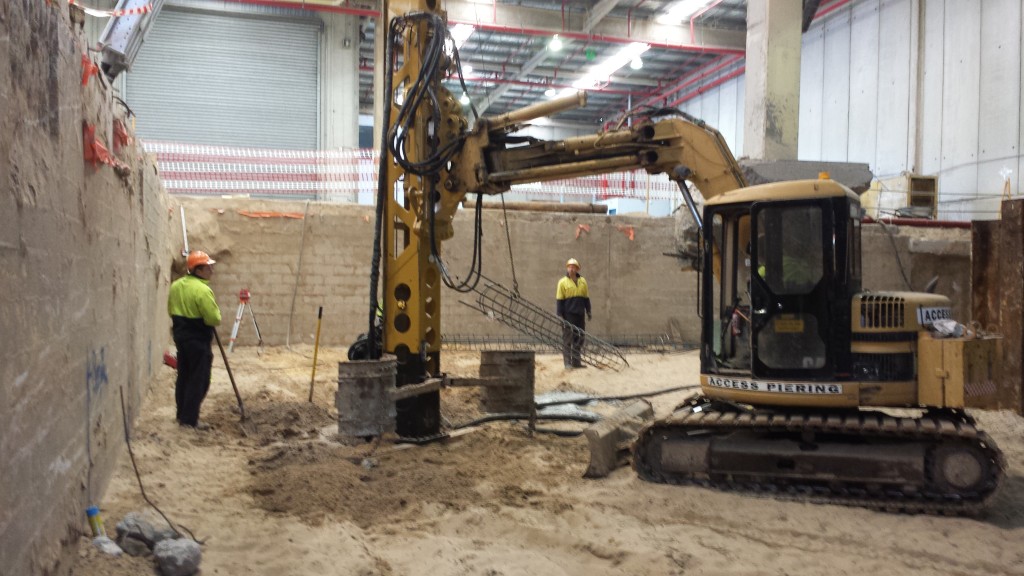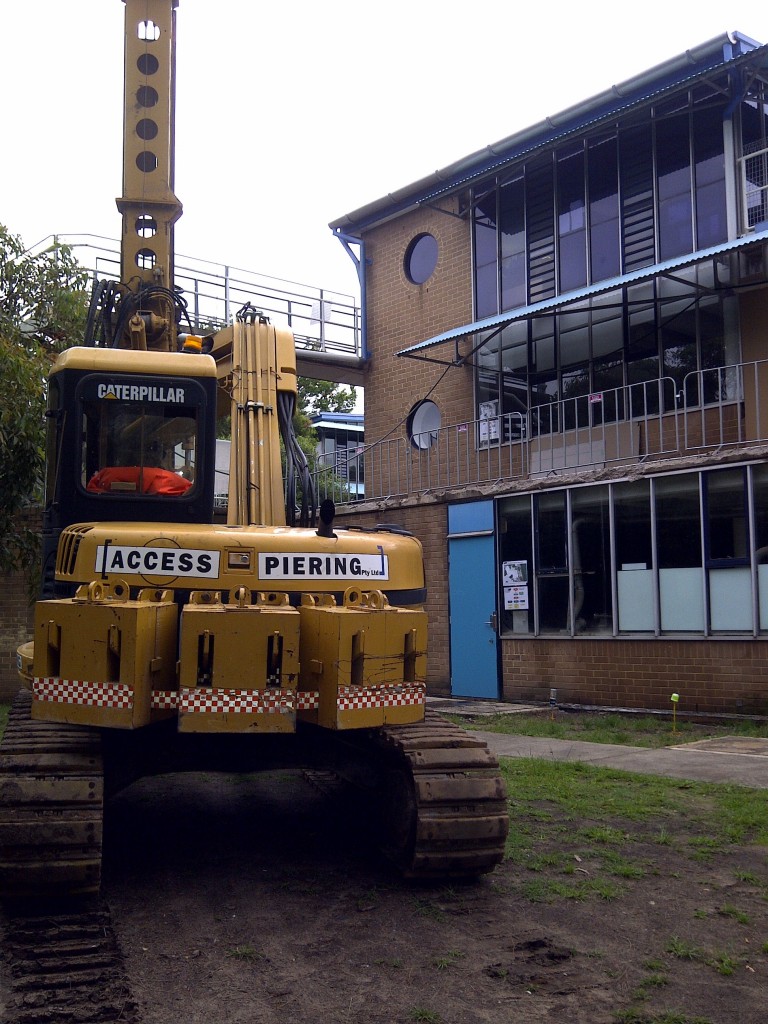Being out on site and talking to new Clients, I’ve seen people launch into early works without a key skill that’s essential to success. That skill is to know the difference between COST and PRICE.
Often I hear “What’s the cost on that?” or “What’s the price on that?” because both words work when you are asking for a dollar figure. But they’re not always interchangeable, and that can become critical for your project.
Upon making a bad purchasing decision, and getting burnt, you won’t ever hear someone ask “What was the price on that proposal?” Instead, they ask, “What did that cost me?”
So, while the terms appear similar, there is a huge difference, and the difference matters in construction. Knowing the difference takes you out of the present moment (price) and into the future (cost). It takes you from short term (price) to long term (cost).
Let’s say you have three quotes, and the cheapest is priced at $190 per lineal metre. But what if a rate is initially “priced” cheaply and ends up “costing” you? What does the rate cover? Is it open to change?
A Builder told me yesterday about a bad price experience he had last year. He employed a piling contractor on what he thought was a cheap lineal metre rate, but once they got on site, the ground conditions were different to the Geotech report. A different drill rig was needed to drill deeper piles, and it ended up costing him an additional $5,000 per day.
A lower price from one contractor could end up costing you more than a higher price from another contractor.
The Business End:
As you look at proposals from different contractors, ask these questions to differentiate cost and price;
- What scope of works does your proposal relate to?
- What services or products do I need to allow for before, during or after piling that are not included in your proposal?
- What supervision or support from me have you assumed during piling?
Pre-piling costs I suggest you consider:
- Demolition
- Access works for drill rig to get onto site
- Excavation
- Temporary retaining walls
- Services relocation
During piling on site consider:
- Excavation to move spoil
- Site management
- Service/Fuel vehicle access
- Concrete and steel delivery access
- QA/QC checks
Post-piling consider:
- Pile trimming
- Removal of piling spoil
- Removal of concrete waste
- Clean out of piles for pile caps
Risky Business
How you get to the final price should be based on what you are willing to pay and a reasonable assessment of budget. On the other side, the definition of cost includes “risks incurred”, i.e. covering all the risks you have taken on as the Client.
PRICE is just what the piling contractor has proposed, COST is what it cost you to get the foundations completed.
Call us on 02 9858 3740 for your next piling project and we can help make sure you get the right cost for your budget and project.



